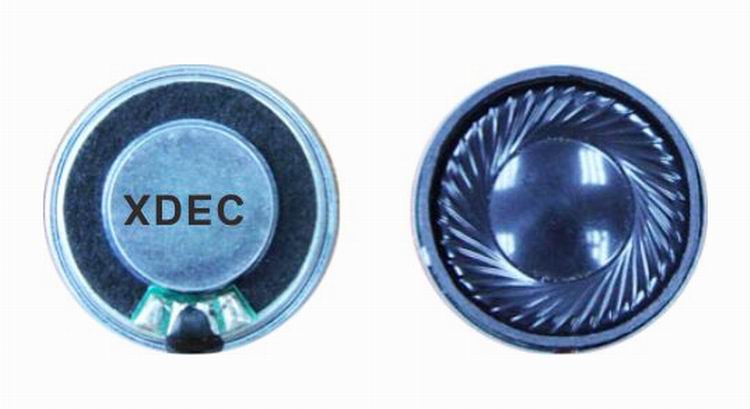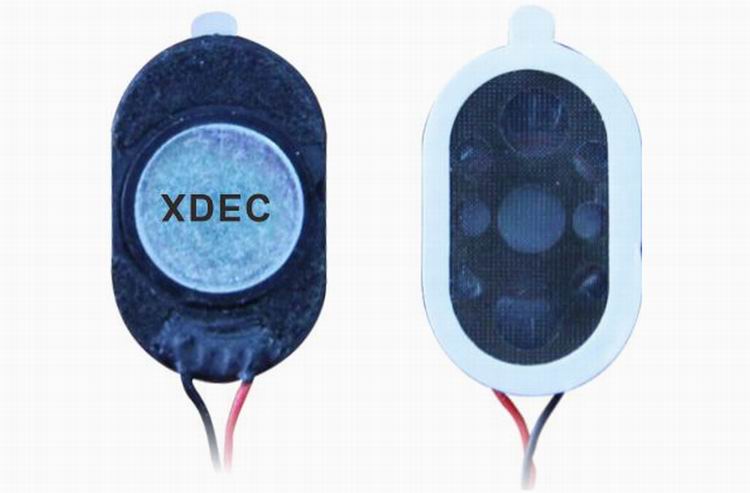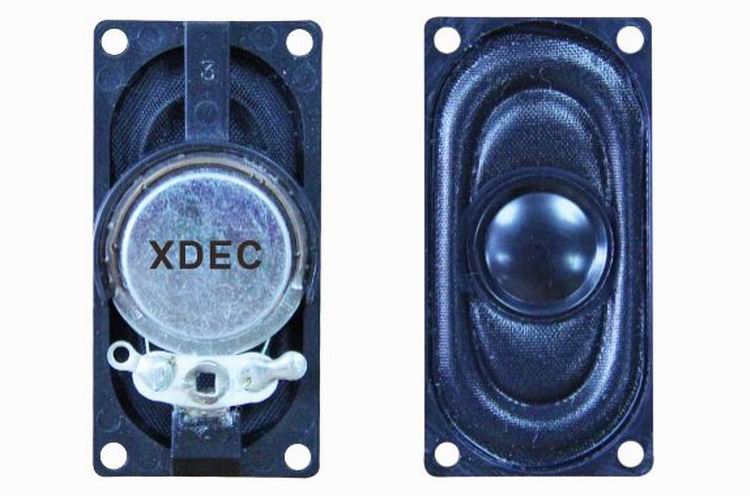The frequency range of the human ear listening is 20 Hz to 20 kHz, and it is generally not necessary to perform specific analysis on each frequency component in the spectrum analysis of the sound signal. For the sake of convenience, the audio range of 20 Hz to 20 kHz is divided into several paragraphs, and each frequency band becomes a frequency range. The frequency division is divided by a constant bandwidth ratio, that is, the ratio of the upper and lower limits of the frequency band is a constant. Experiments have shown that when the sound pressure level of the sound is constant and the frequency is doubled, the tone is doubled.
If the upper limit frequency of each frequency band is twice as high as the lower limit frequency, that is, the frequency ratio is 2, each frequency division thus divided is called 1 octave, which is referred to as octave. If two frequencies are inserted between the upper and lower frequencies of an octave, the ratio between the four frequencies is the same (adjacent frequency ratio = 1.26 times). This divides an octave into 3 frequencies, which is called 1/3 octave.
So the 31-band equalizer we usually use is also called the 1/3 octave equalizer.
The frequency between two frequencies is 2, and the octave has an octave relationship between octaves, that is, for every doubling of the frequency, the pitch is increased by one octave, and each of the equalizers is shown. The frequency between the frequencies is the octave relationship. When recording with double-speed recorder with double-speed recording, in order to save the recording time, the tape speed of double-speed recording is twice that of normal recording, and the time spent is doubled. When listening to the recording effect, the sound is fast playback effect, tone Raise an octave. This is the octave that is not well known!
To summarize a sentence, define the octave as the frequency band with a frequency of 2:1.
Frequency range: The range of audible sound is 20 to 20000 Hz. Divide this range into several bands, which is the band or frequency.
In noise measurement, octave and 1/3 octave are usually used.
The center frequency of the commonly used octave is:
31.5 63 125 250 500 1000 2000 4000 8000 and 16000 Hz
The 1/3 octave is to divide each of the above frequencies into three. The center frequency used at this time is:
40 50 63 80 100 125 160 200 250 320 400 500 630 800 1000 1250 1600 2000 2500 3200 4000 5000 6300 8000 10000 12500 16000
Taking this frequency band as the abscissa, the noise measured in each frequency band is marked as the ordinate, that is, the noise spectrum is obtained.
In the "Acoustics Handbook" by Ma Dazhao, the father of Chinese acoustics, the octave is defined as the distance between two fundamental frequencies compared to 2, which can also be called 1/1 octave. The octave refers to a range of frequencies, and the two fundamental frequencies in the definition refer to the highest frequency (upper limit frequency) and the lowest frequency (lower limit frequency) of this frequency range. The octave also involves another concept called the center frequency, which is the square root of the product of the upper limit frequency and the lower limit frequency. We often talk about 125Hz octave or 250Hz octave, which refers to an octave range with 125Hz or 250 as the center frequency.
Doorbell speaker:
Doorbell speaker is a kind of micro speaker unit which uses a diaphragm made of Mylar material. Doorbell speakers are of ultrathin design and lightweight and clear voice. It is widely used in building security industry (e.g. intercom, video door phone, intelligent door control..)
There are two types of Mylar speakers from the shapes:
1) Round shapes, we have products from 10mm to 57mm in diameter.
2) Oblong shape, we have products in sizes of 1510/1712/1813-..




FAQ
Q1. What is the MOQ?
XDEC: 2000pcs for one model.
Q2. What is the delivery lead time?
XDEC: 15 days for normal orders, 10 days for urgent orders.
Q3. What are the payment methods?
XDEC: T/T, PayPal, Western Union, Money Gram.
Q4. Can you offer samples for testing?
XDEC: Yes, we offer free samples.
Q5. How soon can you send samples?
XDEC: We can send samples in 3-5 days.
Doorbell Speaker,Doorphone Speaker,Video Doorphone Speaker,Doorbell Wireless Speakers
Shenzhen Xuanda Electronics Co., Ltd. , https://www.xdecspeaker.com